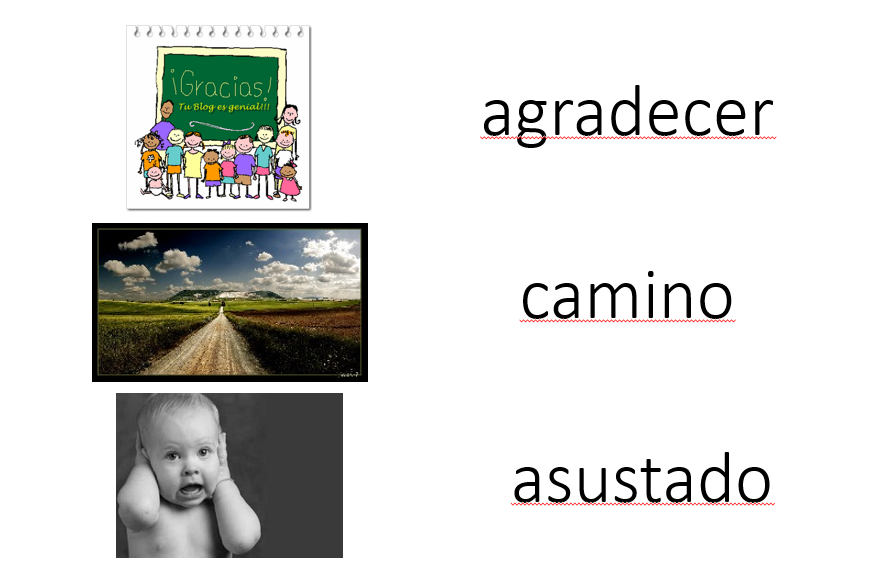2013’s sixth most popular post is about how brain research can help us plan our lessons more effectively.
What if the way we’ve been doing lesson plans for years and years makes no sense at all, given the research on memory and brain function?
For the way I currently approach lesson planning I have to give a lot of credit to two very smart guys, Greg Duncan and John Medina.
Greg Duncan is a language teaching consultant, collaborator on the TELL project, and president of InterPrep. A couple of summers ago I was invited to attend some professional development he was doing here in Louisville. When he started talking about lesson planning, I thought, whoa, he’s right. I’ve been doing this all upside down.
Greg’s principal point when he was talking to the group I was visiting was that we’re putting the wrong things in the wrong slots within a particular lesson. According to psychological phenomena known as the primacy effect and the recency effect, our audience will best remember the content from the beginning (primacy) and end (recency) of a class.
What were you taught to do at the beginning of a class? If I remember correctly, Greg is the one from whom I heard the word administrivia. You know, checking homework, entering attendance into the computer, and so on. Some teachers I know do “bell-ringers”- activities sometimes with a learning goal, sometimes not, and specifically designed to keep students quiet while we complete our administrivia.
What were you taught to do at the end of a class? Assessment, right? Finding out if students had acquired what you want them to acquire. Is that the best use of the end of class?
So, how should we structure lesson plans according to the primacy and recency effects? Here’s what I think.
- Immediately start class with an attention-getting introduction or repetition of your current target. For, me, this is a story, song, or conversation activity.
- Save administrivia for the middle of class.
- Consider moving your assessment. I typically assess something we’ve targeted previously somewhere in the middle of today’s class. I don’t really care about their short-term memory. I rarely assess something we’ve done within this class period.
- End class with a way students can interact with the material you’re targeting. For me, this looks like retelling or summarizing a story or personal experience, or perhaps drawing a story.
This is for a 45-50 minute class period. For longer blocks of time, like 90 minutes, you really have to act like you’re teaching 2 classes, and start all over at the 45-minute mark.
After this PD with Greg, I read Brain Rules by John Medina, a molecular biologist researching how the brain learns and remembers, and I really knew I wasn’t paying enough attention to memory function. One that hit me particularly hard was Rule #4: “Attention: We don’t pay attention to boring things.” Specifically, one important part of this rule is that the human brain basically has a 10-minute attention span. From this concept John created what he calls the “10-minute rule: You must do something emotionally relevant at each 10-minute mark to regain attention.” Take 21 seconds to hear more about it.
Seriously, I have to do something interesting every 10 minutes or I’m going to lose my students?
Yep.
What does this look like?
- Change activities completely, often. In my class today, we went from acting out burlarse de, to reading the end of a story, to writing our own questions about the story, to answering questions about the story, to each student writing and telling a new story based on three words we’ve targeted this week (a new activity I call Fotocuento):

- Don’t be afraid to do something completely irrelevant in the middle of class, especially if you’re doing writing or something that has to be a sustained activity. Show a funny or crazy movie, like Manu Ginobili leading Argentina to a win over Serbia in the last 3 seconds of the game. (This is easy – just pick things your students are interested in and add words like “incredible” or “amazing” video in the TL to search on YouTube.) These “irrelevant” seconds in the middle of the class won’t hurt your class; on the contrary, your students will be more motivated and attentive because of the brain break. Or, combine Rule #4 with Rule #1 – exercise boosts brain function – and do a 2-minute Zumba workout.
- Consider inserting a random fun activity into every class, especially if you have long class periods. You can find some of my ideas using the fun activities tag. It can be something as simple as sustained free-reading.
Have your lesson plans been out of whack? Given the research on brain function and memory, what will you do differently?




